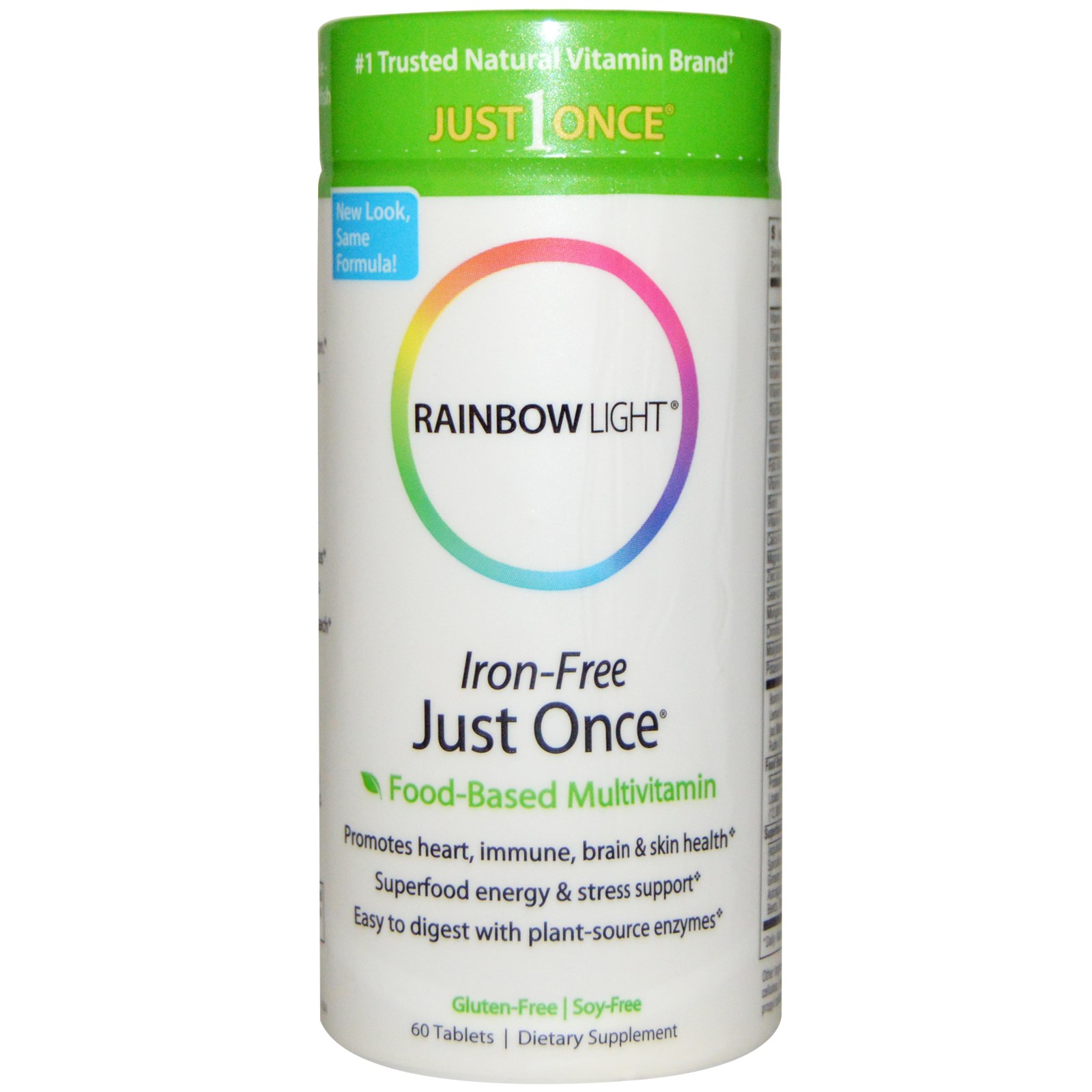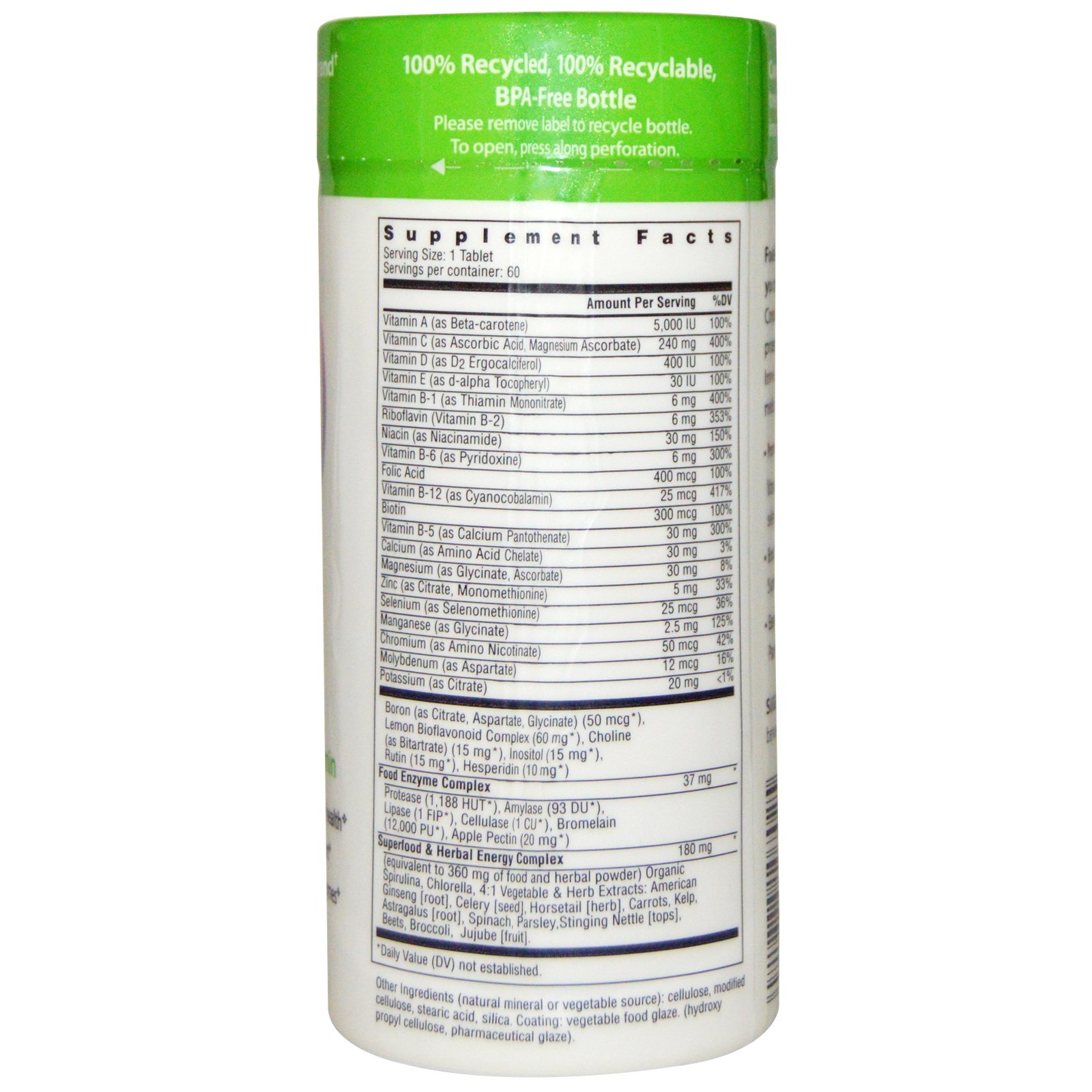| Vitamin A | Vitamin A, also called retinol, helps your eyes adjust to light changes when you come in from outside and also helps keep your eyes, skin and mucous membranes moist. |
|---|
| Vitamin C | Vitamin C is an antioxidant found in fruits and vegetables. It is important for your skin, bones, and connective tissue. It promotes healing and helps the body absorb iron. |
|---|
| Vitamin D | Vitamin D is also used for treating weak bones, bone pain, bone loss in people with a condition called hyperparathyroidism, and an inherited disease in which the bones are especially brittle and easily broken. |
|---|
| Vitamin E | Vitamin E is an important vitamin required for the proper function of many organs in the body. It is also an antioxidant. This means it helps to slow down processes that damage cells. |
|---|
| Vitamin B1 | Vitamin B1 also known as Thiamine or Thiamin is a water-soluble vitamin, it is part of the B vitamin family. B vitamins support adrenal function, help calm & maintain a healthy nervous system, and are key for metabolic processes. |
|---|
| Riboflavin | Riboflavin is used for preventing low levels of riboflavin (riboflavin deficiency), cervical cancer, and migraine headaches. |
|---|
| Niacin | Niacin helps in creating sex hormones for people suffering through sexual disorders like impotence and erectile dysfunction. Vitamin B3 performs the important function of converting proteins, carbohydrates and fats into energy. |
|---|
| Vitamin B-6 | Builds Immune System, Regulates Blood Sugar, and Helps Break Down Proteins |
|---|
| Folic Acid | Folic acid helps your body produce and maintain new cells, and also helps prevent changes to DNA that may lead to cancer. Folic acid is needed for the proper development of the human body. It is also used to prevent heart disease |
|---|
| Vitamin B12 | Vitamin B12 is applied to the skin either alone or in combination with avocado oil for psoriasis and eczema. |
|---|
| Biotin | Biotin, also known as Vitamin B7 and Vitamin H is used in treating and preventing hair loss, brittle nails, skin rash in infants, diabetes, and mild depression. |
|---|
| Vitamin B-5 | Used in combination with other B vitamins in vitamin B complex formulations. |
|---|
| Calcium | Calcium is a mineral that is an essential part of bones and teeth. The heart, nerves, and blood-clotting systems also need calcium to work. |
|---|
| Magnesium | Magnesium is required for the proper growth and maintenance of bones. Magnesium is also required for the proper function of nerves, muscles, and many other parts of the body. |
|---|
| Zinc | Zinc is used for boosting the immune system, treating the common cold and recurrent ear infections, and preventing lower respiratory infections. |
|---|
| Selenium | Selenium helps the body with:Making special proteins, called antioxidant enzymes, which play a role in preventing cell damage |
|---|
| Manganese | Manganese is an essential nutrient involved in many chemical processes in the body, including processing of cholesterol, carbohydrates, and protein. |
|---|
| Chromium | Chromium helps to move blood sugar (glucose) from the bloodstream into the cells to be used as energy and to turn fats, carbohydrates, and proteins into energy. |
|---|
| Molybdenum | Molybdenum works in the body to break down proteins and other substances. Molybdenum deficiency is very uncommon. |
|---|
| Potassium | Control the electrical activity of the heart |
|---|
| Boron | Boron is used for building strong bones, treating osteoarthritis, as an aid for building muscles and increasing testosterone levels, and for improving thinking skills and muscle coordination. |
|---|
| Cellulose | Cellulose provides structure and strength to the cell walls of plants and provides fiber in our diets. Although some animals, such as ruminants, can digest cellulose, humans cannot. |
|---|
| Modified Cellulose | Modified celluloses, also known as methylcellulose (MC) and hydroxypropylmethylcellulose (HPMC), are versatile, multifunctional food gums. |
|---|
| Stearic Acid | Stearic acid is one of many fatty acids that occur naturally in various plants and animal derivatives. It’s found in such products as animal tallow, cocoa butter and vegetable fats. When it’s used in cosmetic products, stearic acid primarily fulfills the role of a thickener or hardener. Stearic acid is the substance that helps your bar of soap retain its shape — just as it does in products such as candles, oil pastels and hard candies. |
|---|
| Silica | Increasing bone mineral density when obtained from foods. |
|---|
| Vegetable Food Glaze | Food uses of sodium hydroxide include washing or chemical peeling of fruits and vegetables, chocolate and cocoa processing,caramel coloring production, poultry scalding, soft drink processing, and thickening ice cream. Olives are often soaked in sodium hydroxide for softening; Pretzels and German lye rolls are glazed with a sodium hydroxide solution before baking to make them crisp. Owing to the difficulty in obtaining food grade sodium hydroxide in small quantities for home use, sodium carbonate is often used in place of sodium hydroxide. |
|---|
| Silica | Increasing bone mineral density when obtained from foods. |
|---|
| Vegetable food glaze | Food uses of sodium hydroxide include washing or chemical peeling of fruits and vegetables, chocolate and cocoa processing,caramel coloring production, poultry scalding, soft drink processing, and thickening ice cream. Olives are often soaked in sodium hydroxide for softening; Pretzels and German lye rolls are glazed with a sodium hydroxide solution before baking to make them crisp. Owing to the difficulty in obtaining food grade sodium hydroxide in small quantities for home use, sodium carbonate is often used in place of sodium hydroxide. |
|---|



Reviews
There are no reviews yet.